Short Film Documents How the Bed Stuy Black Lives Matter Mural Created a Gathering Space
A new short film sheds light on how a Bedford-Stuyvesant mural painted last summer helped transform a bustling thoroughfare into a local gathering space — creating a long-lost sense of community.

Photo by Cate Corcoran
A new short film sheds light on how a Bedford-Stuyvesant mural painted last summer helped transform a bustling thoroughfare into a local gathering space — creating a long-lost sense of community.
The video interviews local artists and activists who painted the Black Lives Matter mural on Fulton Street amid the police brutality protests in June. The city then made the block — located between New York and Brooklyn avenues — into a pedestrian-only plaza, quickly turning the thoroughfare into a space for social and cultural events, the film’s director explained.
“There were a couple weekends every Saturday where they’d have big activations and daylong programming,” Ty West told Brooklyn Paper. “It was a couple of those weekends where people seemed to come for the activities and the community space, the open space that it was providing.”
West, who works at a multimedia agency called Mustache, said he decided to make the four-minute film to document the block’s revival after watching its transformation from his apartment.
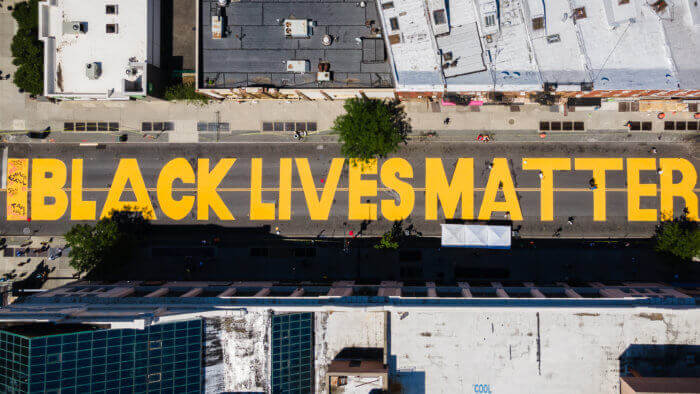
“In the first couple of weeks there weren’t that many events, but then by the third week, there were all these events popping off,” said West, who could see the mural from his apartment window. “It really became a full idea for me to make a video once it started to pick up steam and I started to see the culture surrounding the mural.”
The docu-style video features interviews with the painters and advocates behind the project, who explain that the plaza helped locals take ownership of their neighborhood.
“Our public spaces, the sidewalks, our parks, have to be reclaimed,” Brittany Micek, the founder of a group called Meditating for Black Lives, says in the video. “You hear these chants like ‘Whose streets? Our streets!’ Well, then really make them our streets.”
Locals with the group the Bedford-Stuyvesant Mural Collective helped organized a flurry of parades, exercise classes and dance parties throughout the summer, which drew more residents to the new community space. Soon, neighborhood seniors set up camp around the block to watch the festivities and socialize, a member of the mural collective said.
“I remember seeing seniors coming out with their folding chairs and their little coolers,” Monique Antoine told Brooklyn Paper. “They were so happy to be outside. One senior, she told me she doesn’t leave the house and she was so excited to be outside and just be and watch.”
The mural also helped bring together the neighborhood’s kids, many of whom go to different schools and have friends spread across the city.
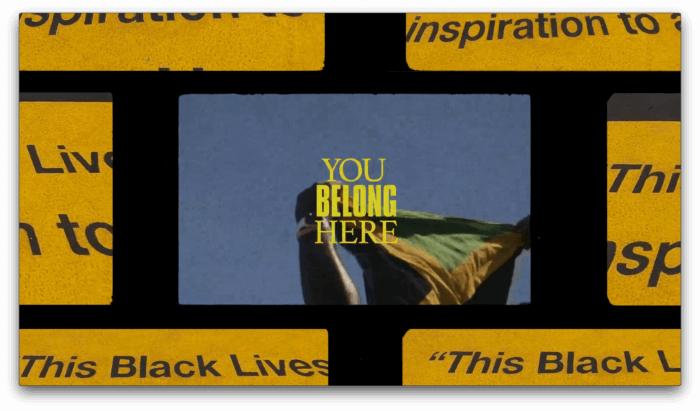
“When I was growing up, kids played outside. They weren’t on the computer; they weren’t on their PlayStation … You still felt like you had friends in the community,” said Antoine, who has a teenaged son. “My kid fits into that where he has no friends around here … but with the mural, he was hanging out with friends that he met.”
Less than 3 percent of Bedford-Stuyvesant is outdoor public or recreational space, ranking the neighborhood next to last in terms of open space among Brooklyn’s 18 community districts, the film says. The shortage is probably what made the block turn into a community gathering ground so quickly — particularly after months of isolation during the COVID-19 lockdown.
“This community was revitalized,” Antoine said. “And I think the timing was impeccable because everyone had been in the house since March — we’re talking three or four months with no Vitamin D and minimal to no interactions with other human beings.”
But the communal oasis that the mural created dried up in the late fall, when the city reopened the street to car traffic and the mural fell into disrepair.
The words are now so faded that they would need to be completely repainted, Antoine said. And though local Councilman Robert Cornegy said in June that he wanted the block “closed [as a plaza] forever and ever” and that the Department of Transportation “ha[d] already agreed,” Antoine said that he hasn’t forged a plan yet to make it happen.
“It needs to be redone,” she said, adding that the collective hopes to revive the mural for next summer. “That was the goal when we reopened the street, that we would bring it back. The intent was always to bring it back for every season.”
Editor’s note: A version of this story originally ran in Brooklyn Paper. Click here to see the original story.
Related Stories
- Brooklyn Artists Speak Directly to Brooklyn in BAM’s ‘Let Freedom Ring’ Installation
- Brooklynites Observe Juneteenth With Protests, Celebrations and Vigils
- Brooklynites Peacefully Protest All Over the Borough on Juneteenth (Photos)
Sign up for amNY’s COVID-19 newsletter to stay up to date on the latest coronavirus news throughout New York City. Email tips@brownstoner.com with further comments, questions or tips. Follow Brownstoner on Twitter and Instagram, and like us on Facebook.


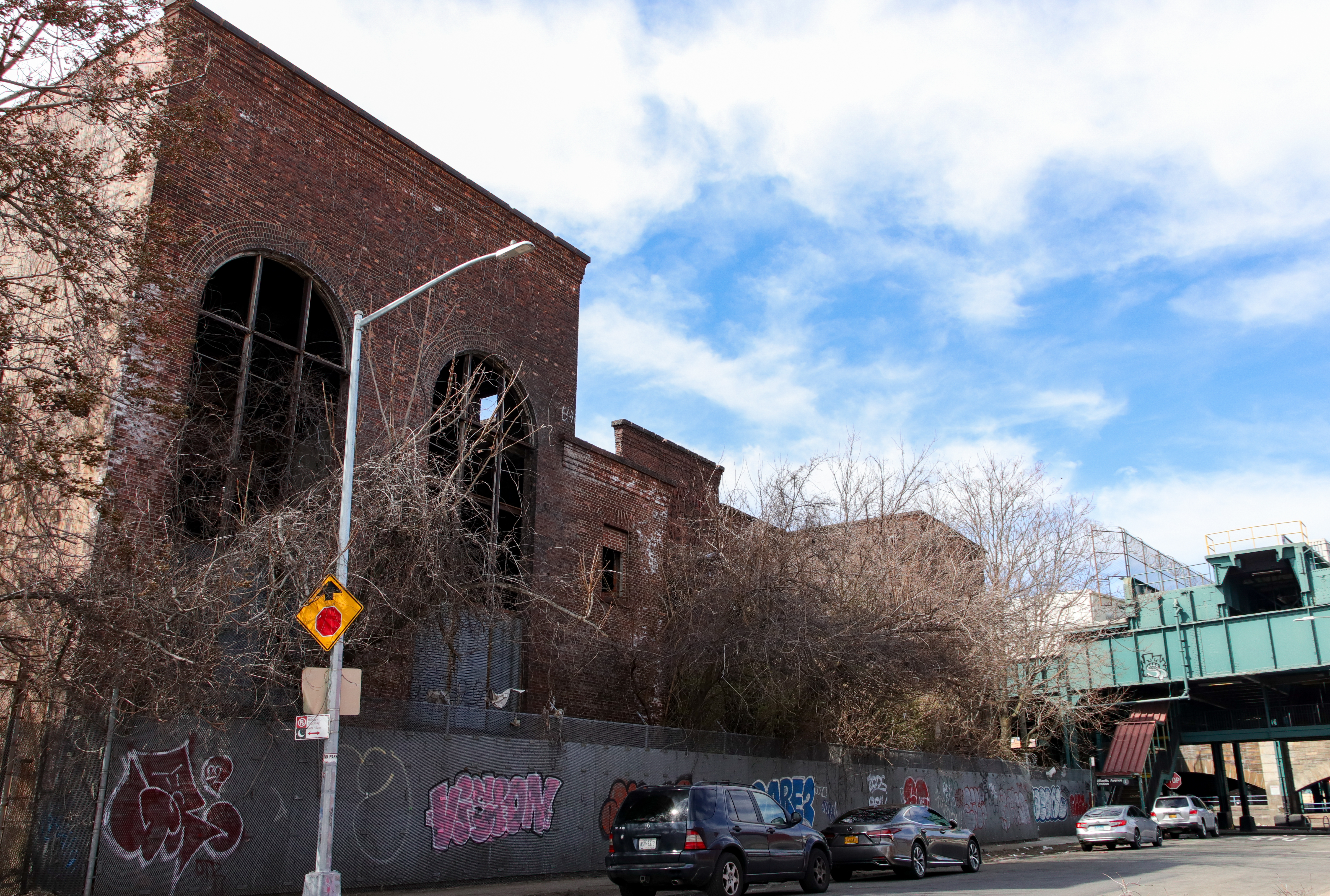
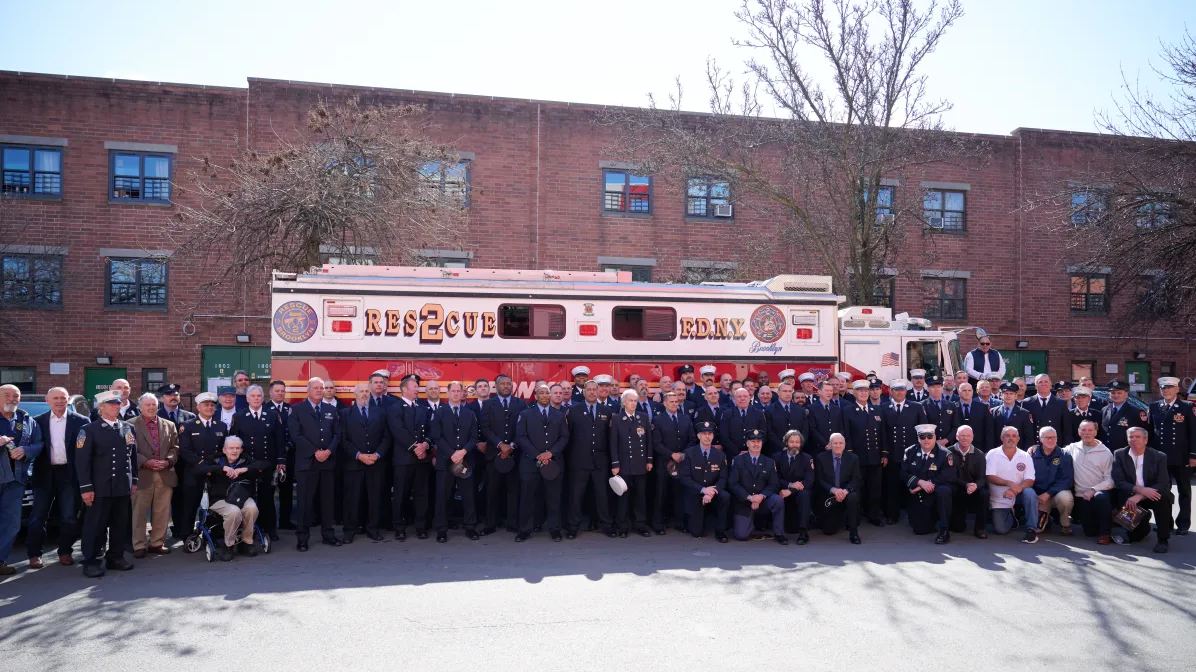
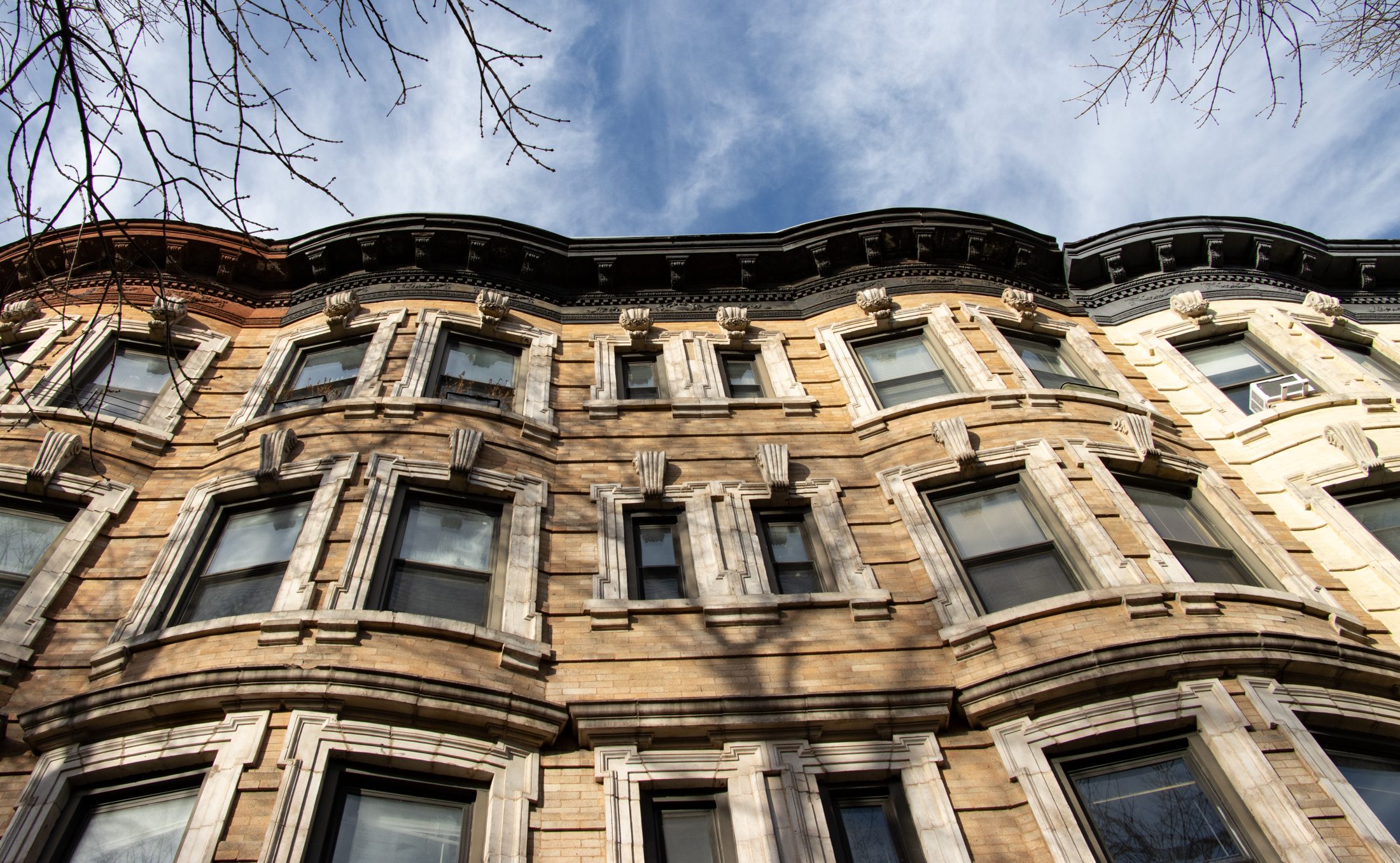




What's Your Take? Leave a Comment